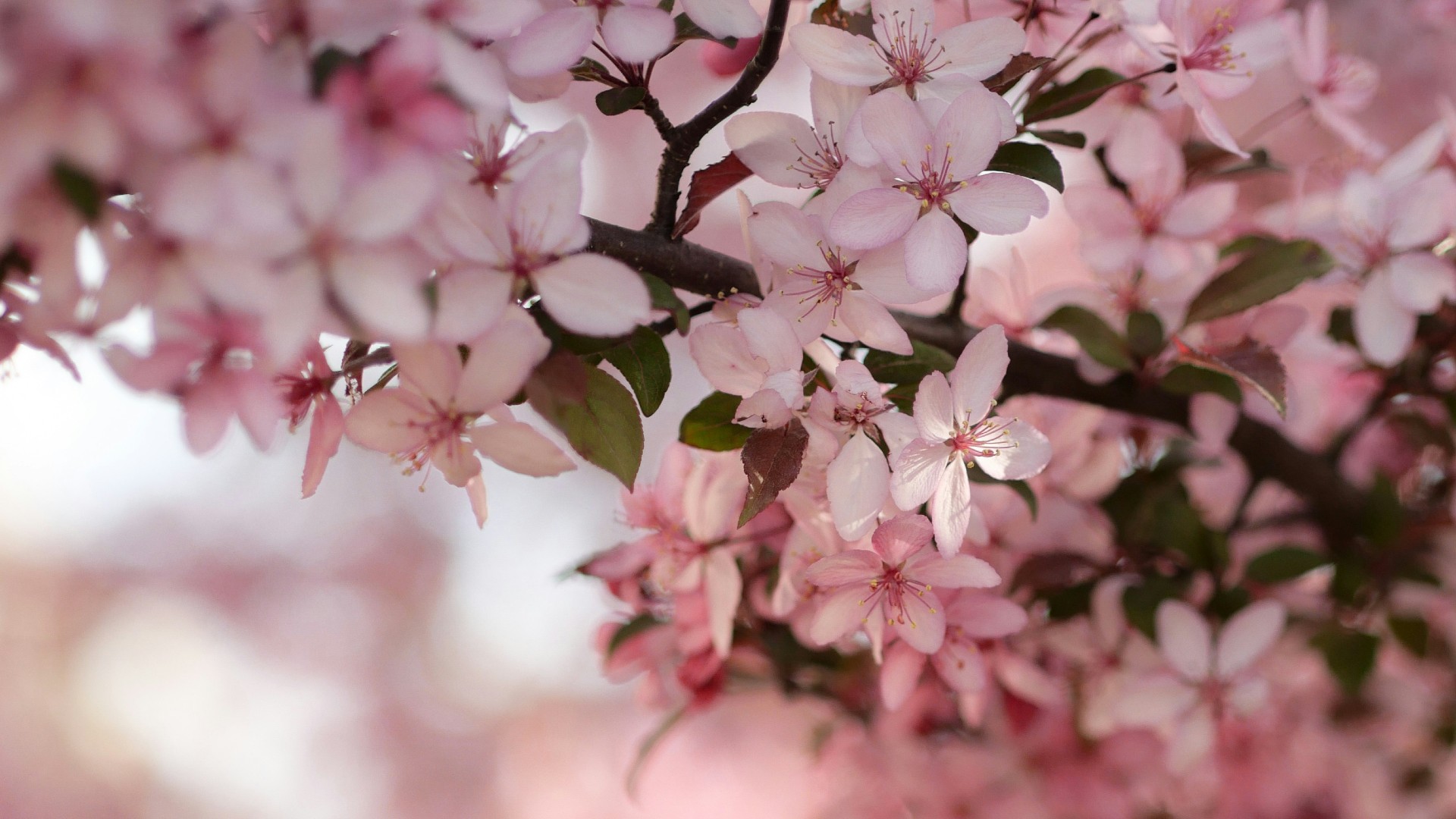Hedgerows in mid-February might have traditionally appeared white with snow; this year the white was the work of blackthorn blossoms – a harbinger of spring. Although a welcome sign after a wet and gloomy winter, the early flowering brings unease for experienced season watchers. Has this plant always flowered in mid-February, I wondered, or is something changing?
Fortunately, the science of recording and understanding seasonal events, phenology, has a long history in Britain. Robert Marsham, an 18th-century naturalist, kept records of the appearance of the flowers, birds and insects in his Norfolk village as far back as 1736. Marsham’s descendants continued the recording until 1958. The Woodland Trust maintains the tradition with Nature’s Calendar, a scheme in which members of the public are invited to record various seasonal events.
Detailed analysis of almost half a million plant records by scientists in 2022 showed that when all species were considered together the average flowering time in the UK had advanced by a month over the last 40 years. There was variation between species. Hawthorn, the common hedgerow plant, is generally flowering 13 days earlier than it did in the early 1980s while the flowers of the horse chestnut tree appear ten days earlier.
The climate has warmed rapidly since the 1980s. By flowering earlier, plants recognise that winters are becoming shorter and milder. They sense the days getting warmer and alter their spring development in a manner akin to humans feeling warmth on their skin and so stepping out with fewer layers of clothing. The precise mechanisms for detecting these cues differ between plants and animals, but both are responding to the climate as it changes.
Detecting light and heat without eyes and skin
Plants detect the shortening days of autumn with a pigment called phytochrome that is particularly sensitive to wavelengths in the red region of the electromagnetic spectrum. The longer autumn nights alter the quality of this red light. While this subtle shift escapes humans (our eyes are not sensitive to this part of the spectrum) a plant can detect this transition and start to change.
Just as the autumn can engineer a drop in the level of the hormone serotonin in our blood, a plant that has sensed winter’s approach will increase the production of a hormone called abscisic acid. This has multiple effects. In deciduous trees, twigs stop growing and develop tough winter buds capable of surviving frost and snow and leaves fall off.
Growth in spring is determined by similar triggers of light length and temperature, but temperature typically has the more significant role. If plants only paid attention to light, they’d run the risk of starting growth when fatal frosts are still a threat or of missing good growing time in mild early spring days. Temperature detection determines when spring flowers appear. This is why global heating is evident in the earlier appearance of these flowers.
It isn’t fully understood how plants detect temperature. Some of it may be due to a growth-stalling hormone in its cells breaking down when the air falls below a certain temperature, which in turn allows a growth hormone to increase.
While humans have nerves in their skin to detect temperature, plants probably rely on pigments, though the mechanism isn’t fully understood. Heat is part of the same electromagnetic spectrum that phytochrome is sensitive to, so possibly this pigment is involved. Whatever mechanisms are responsible for initiating growth, temperature also determines how fast plants grow.
Flowers and pollinators out of sync
Insect pollinators like bees must synchronise their life cycles so that they are on the wing when the blossoms on which they feed emerge. The timing of their emergence from winter is also determined by the effects of temperature and day length and mediated by hormones.
Evolution working on many generations of pollinators has generated a tight link between the emergence of flowers and that of their pollinators. If the appearance of flowers and pollinators isn’t synchronised, the insects have no nectar and the plants aren’t fertilised.
A similar link exists between the emergence of leaves and the insect herbivores that graze on them. The rapidity of climate change and slight differences in how the two groups respond risk breaking this synchrony with serious consequences for both sides.
A large study by German scientists looking at when flowers and their pollinators emerged between 1980 and 2020 found a complex picture. Both responded to climate change with earlier flowering and appearances, but the plants had made a greater shift.
There was variation between insect groups, bees and butterflies had shifted in synchrony with the plants, but this wasn’t observed in hoverflies. There was also variation between species of these insects.
Even when plants and their dependent insects change timings in synchrony, the next stage of the food chain may not be so flexible. Oak leaves are fed upon by the oak moth caterpillar. This, in turn, is the primary food of the chicks of birds such as blue tits and pied flycatchers link text. Chicks have hatched at roughly the same time, while oak leaves and caterpillars have appeared earlier and so far remain in synchrony. But for how long?
Blackthorn blossoms remain a welcome relief from winter and a sign that spring is on its way. But they are also a sign of climate change: an unfolding experiment on the timing and synchrony of plants and animals – and the intricate food chains that they are part of.
This article is republished from The Conversation under a Creative Commons license. Read the original article here.
March 1, 2024



